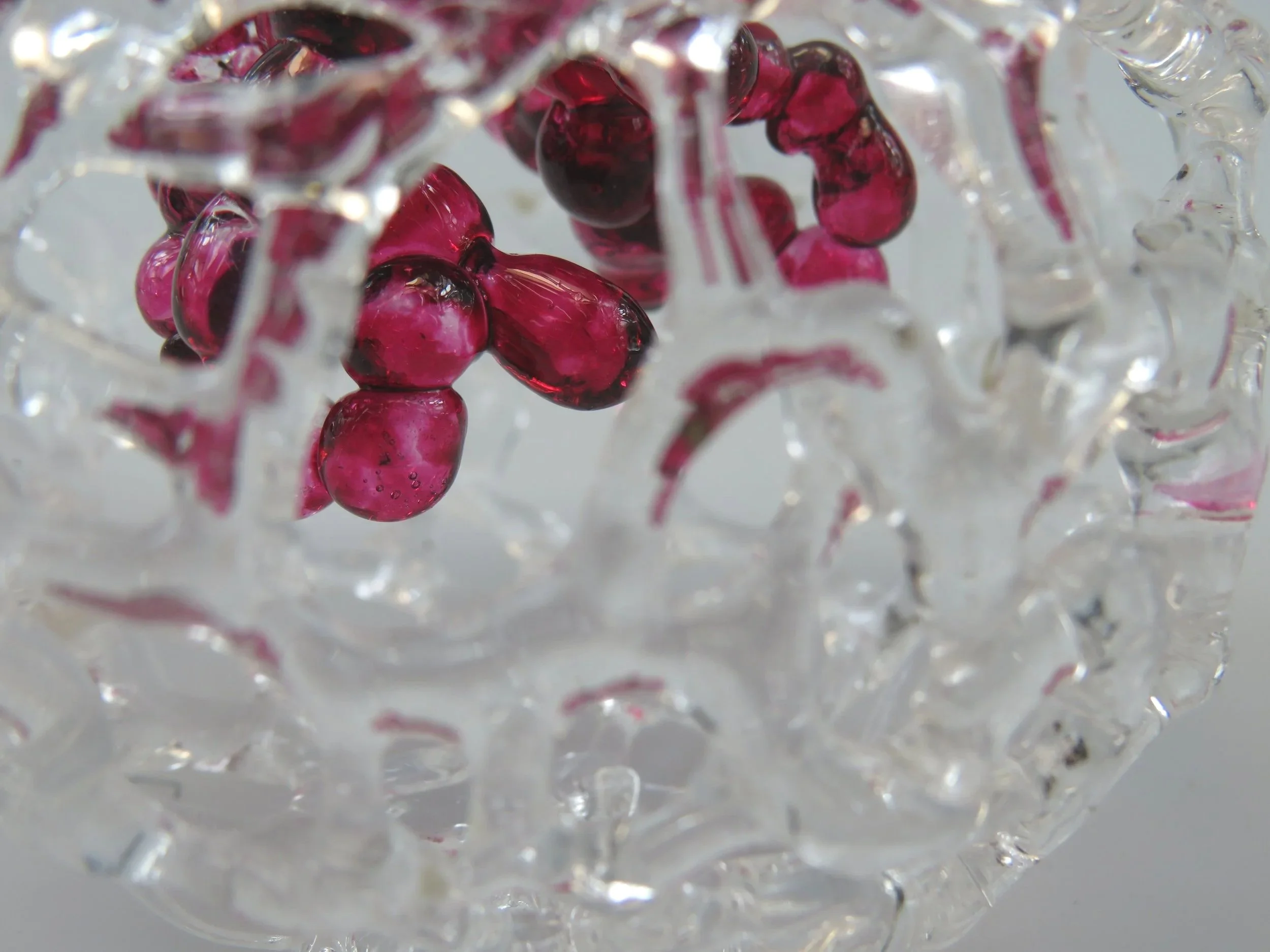Mythical Fruit
Who would have thought that these simple wonders from the earth could carry so many stories across so many cultures! From China,Iran, Greece, and Norway through to Christianity - fruit has often represented abundance, fertility, and plentitude as well as earthly pleasure, overindulgence and temptation.
Specific kinds of fruit have acquired their own meanings in world mythology - here are some of the myths and legends that have gained strong symbolism in various cultures.
Persephone and the Pomegranate - a Greek myth.
Persephone was the daughter of Demeter, goddess of the harvest, and Zeus, the king of the gods. One day, while she was picking flowers, she was abducted by Hades to the underworld.
When her father, Demeter, finally got her back he asked her if she had eaten anything while she was there. Persephone admitted that she had eaten a pomegranate seed at the urging of Hades just before she left.
This was a trick by Hades - anyone who ate his food was required to remain in the underworld. Because of this, Persephone was required to spend one-third of each year in the underworld as the wife of Hades, and two-thirds of the year with her mother Zeus.
While Persephone is with Demeter and Zeus on Olympus the ground is fertile and the crops grow - Spring and Summer. When she returns to the underworld, the ground becomes colder and less fertile until her return - Autumn and Winter.
So according to the myth, it was a one pomegranate seed that sealed Persephone’s fate as Queen of the Underworld and the ushering in of Autumn and Winter, when the seeds lie underground awaiting again the fertile warm months of Spring and Summer.
Apples
The apple. One of the most famous of all fruit that can symbolise anything from power, death, seduction, trickery, accuracy and beauty in the mythologies of Britain, Switzerland, Greece, Ireland, Norse and pagan believers.
The latin word for apple - málum, and the latin word for evil - malum, are separated only by a mere mark of punctuation. Think seduction, lust, and sin wth Adam and Eve in The Book of Genesis. Compare the similarities of this to the story of Snow White and The Seven Dwarfs (by the Brothers Grimm). Then there is the story of William Tell and the apple of accuracy, Atalanta and the Golden Apples of Greece, the Irish Connla who dines on apples to obtain everlasting youth, and the pagan pattern of the apple seeds that form the perfect pentagram resembling the four elements.
The Story of William Tell - a Swiss myth
The people of Switzerland were not always as free and happy as they are today. Many years ago a proud tyrant, called Gessler, ruled over them and made their life bitter.
One day a man called William Tell rode into the village of Altdorf with his son by his side. He was reputed to be the best crossbowman in the region. Gessler set up a tall pole in the public square, with his own cap on top, and ordered every man to bow down before it.
But William Tell would not do it. When Gessler heard this, he was very angry - he was afraid that other men would rebel against him. In order to show that disrespect would not be tolerated, he ordered William Tell's boy to stand in the public square with an apple on his head; and then he bade William to shoot the apple with one of his arrows.
William fitted the arrow to his bow, took aim, and struck the apple right in the centre. As he was turning away, an arrow which he had hidden under his coat dropped to the ground. "Fellow!" cried Gessler, "what mean you with this second arrow?" "Tyrant!" was Tell's proud answer, "this arrow was for your heart if I had hurt my child.”
Gessler was very angry and ordered his guards to take William to the prison, but William escaped and killed the evil tyrant, thus setting the country free. He became the symbol for struggle for political and individual freedom.
Oranges, watemelons, mulberries, olives, pineapples and strawberries are coming - check back soon!








